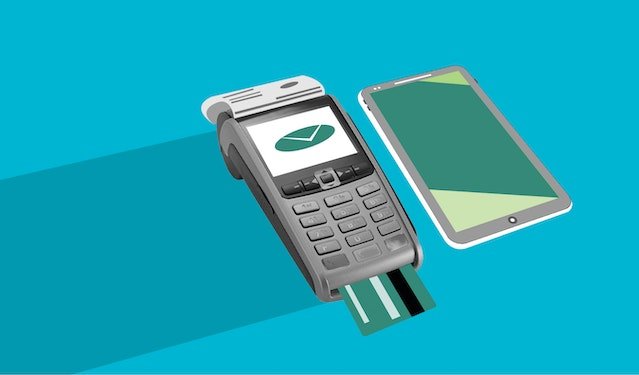Payment processing is the act of electronically transferring funds from a payer to a payee. Payment processors are typically financial institutions or third-party service providers that enable this transfer of funds.
In the U.S., there are four main types of payment processors:
1. Credit card processors: These companies process credit and debit card payments for businesses.
2. ACH processors: These companies facilitate electronic bank transfers, such as direct deposit and online bill pay.
3. Check processors: These companies process paper checks electronically, often through a check scanning machine.
4. Digital wallet processors: These companies enable transactions using digital wallets, such as Apple Pay, Google Pay, and PayPal.
Payment processing is a complex and regulated industry. To understand how it works, it’s important to know the different players involved in a typical transaction.
The payer is the person or entity who is sending the funds. The payee is the person or entity who is receiving the funds.
The payer’s bank is the financial institution holding the payer’s account. The payee’s bank is the financial institution holding the payee’s account.
The payment processor is the company that facilitates the transfer of funds from the payer’s bank to the payee’s bank.
The card network is the company that owns and operates the payment network used to process the transaction. For example, Visa and Mastercard are both card networks.
The acquirer is the financial institution that contracts with the merchant to accept credit and debit card payments. The acquirer processes transactions on behalf of the merchant and deposits the funds into the merchant’s account.
The issuer is the financial institution that issues credit and debit cards to consumers. The issuer contracts with the card network to provide credit card payment processing services.
Now that you know the different players involved in a typical payment transaction, let’s take a closer look at how payment processing works.
When a payer makes a purchase with a credit or debit card, the following steps take place:
- The payer’s card is swiped or inserted into the card reader.
- The card reader captures the account information from the payer’s card and sends it to the acquirer.
- The acquirer routes the transaction information to the card network.
- The card network routes the transaction information to the issuer.
- The issuer authorizes the transaction and sends a response back to the card network.
- The card network forwards the response to the acquirer.
- The acquirer forwards the response to the merchant.
- If the transaction is approved, the acquirer deposits the funds into the merchant’s account.
Now let’s take a look at how ACH payments work:
- The payer initiates an ACH payment through their bank’s online bill pay feature or by writing a paper check.
- The payer’s bank sends the payment information to the ACH network.
- The ACH network routes the payment information to the payee’s bank.
- The payee’s bank credits the payee’s account with the funds.
Payment processing is a critical part of the U.S. economy, enabling businesses to receive payments from customers and suppliers and individuals to send money to friends and family.
If you’re a business owner, it’s important to partner with a reputable payment processor that can provide the services you need to run your business smoothly.
And if you’re an individual, it’s important to understand how payment processing works so you can be an informed consumer.


